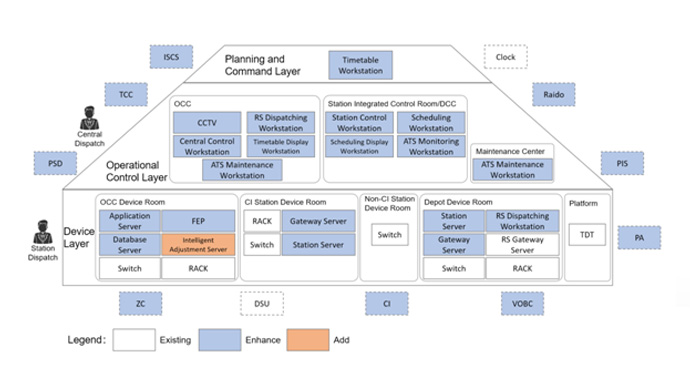
Background
Urban rail transit develops rapidly with complex scenarios; while existing dispatching systems can only meet normal monitoring requirements, with insufficient decision-support capabilities for anomalies. During failures, incomplete information makes it difficult for dispatchers to graspkey data, hindering prediction and service optimization;moreover, response relies heavily on personal experience and involves cumbersome operations. The development of intelligent dispatching systems aims to enhance intelligence, improve efficiency and accuracy, and reduce operational workload.
Specifications such as the "Urban Rail Transit Intelligent Train Dispatching and Command System Design Guidelines" and international standards including IEC 62290-2 provide normative guidance for the development of intelligent dispatching systems.




